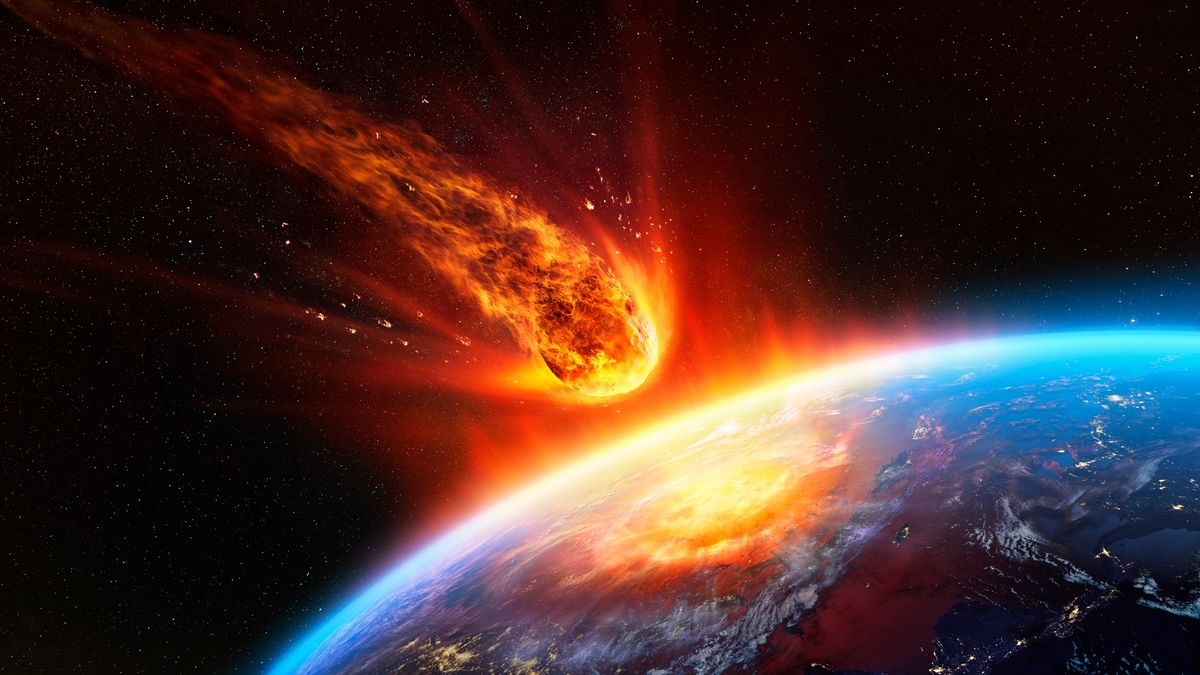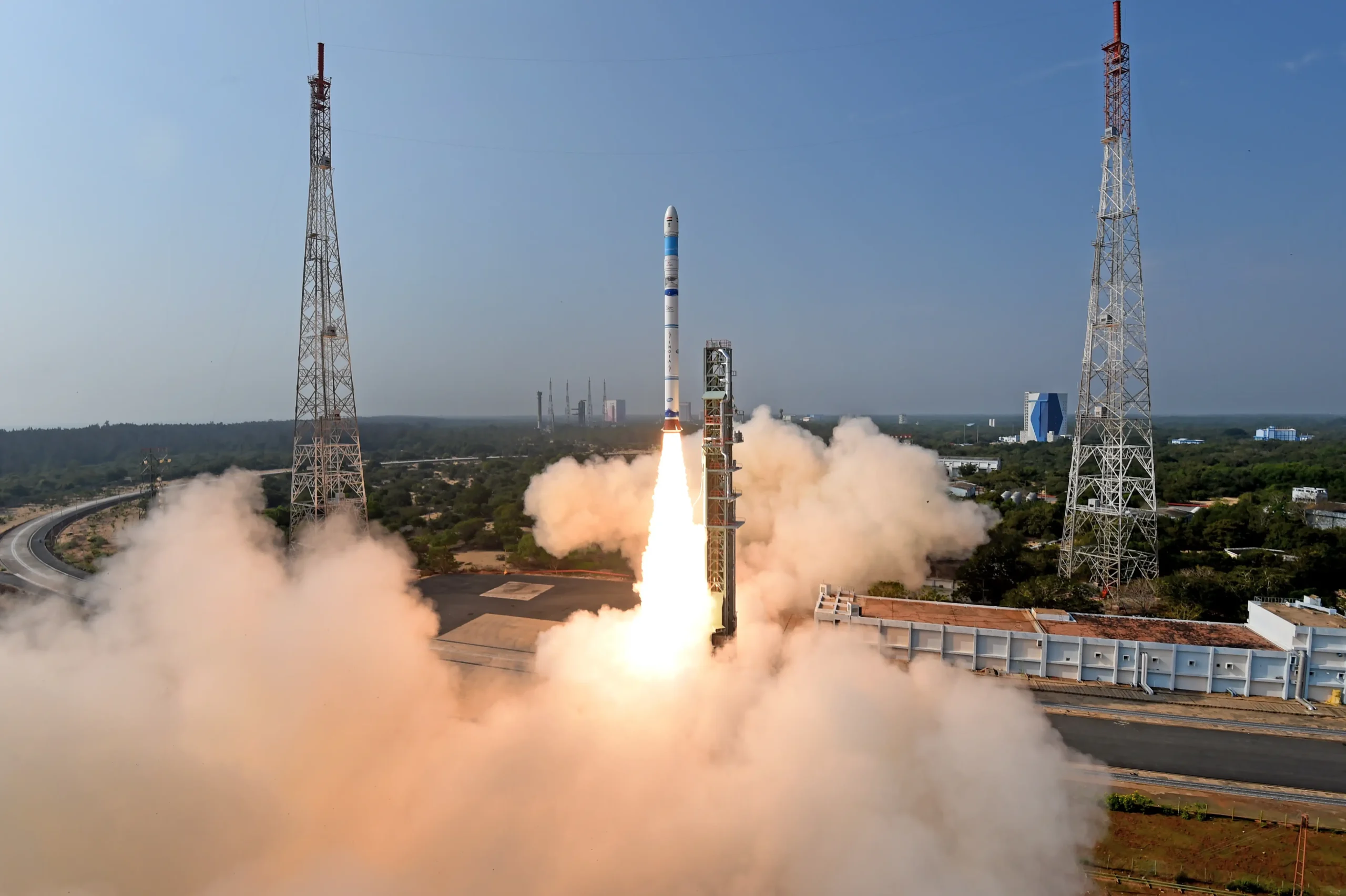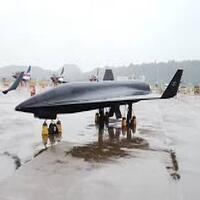
China Presents to the World Its Planetary Defense Technology

Following NASA’s recent displays of cutting-edge planetary defense technology, China has taken center stage by revealing its own massive programs designed to protect Earth from possible asteroidal threats. This audacious action, which demonstrates China’s commitment to international security in addition to its scientific capability, is a critical turning point in the country’s expanding space program.
The Situation: Growing Fears about Space Dangers
The protection of planets has become a top priority for space agencies worldwide. The development of systems for the detection and deflection of Near-Earth Objects (NEOs), including comets and asteroids, has been spurred by the potential threat posed by these celestial phenomena. Following NASA’s successful demonstration of the Double Asteroid Redirection Test (DART), attention has shifted to other countries to see how they are tackling this global issue.
China’s Inauguration Into Space Defense
China has made a substantial contribution to this field with the disclosure of its planetary defense technologies. A comprehensive strategy comprising international partnership frameworks, impact avoidance techniques, and early warning systems has been made public by the China National Space Administration (CNSA). This program bolsters China’s standing as a major actor in the international space community and is consistent with its larger goals in space exploration.
Early Warning Systems: Recognizing Danger
The creation of advanced early warning systems is a key component of China’s planetary defense policy. These technologies are intended to locate and monitor Near Earth Objects (NEOs) that may be dangerous to Earth. China wants to improve its capacity to quickly and accurately detect these objects by utilizing sophisticated radar and telescope networks.
In order to implement these early warning systems, a network of space-based sensors and ground-based observatories will need to be established. The implementation of a dual method guarantees extensive coverage and redundancy, hence facilitating the prompt identification of possible risks. China intends to do this in order to give important advance notice for putting deflection measures into place.
Impact Prevention Techniques: Disguising the Threat
Preventing the impact is the crucial next step after identifying a potential hazard. China is a leader in planetary defense technology, with multiple cutting-edge tactics for astrophysical deflection. The kinetic impactor technique, which entails sending a spacecraft to hit with the asteroid and change its trajectory, is one of the main approaches being considered.
The successful impact of NASA’s DART mission on the asteroid Didymos served as a notable demonstration of this approach. China intends to create its own kinetic impactor missions, building on this accomplishment. Furthermore, China is investigating substitute techniques like solar sails and gravity tractors, which may offer a more accurate and regulated way to change an asteroid’s course.
International Cooperation: An International Initiative
China is proactively looking to cooperate with other countries and international organizations, realizing that planetary defense is an international challenge. The goal of this cooperative strategy is to exchange information, assets, and knowledge in order to increase the efficiency of planetary defense initiatives. China aims to support an international alliance that will safeguard Earth from near-Earth objects (NEO) hazards.
China’s participation in international organizations like the International Asteroid Warning Network (IAWN) and the United Nations Office for Outer Space Affairs (UNOOSA) demonstrates its dedication to multilateral cooperation. These partnerships should make it easier to coordinate cooperative missions and share critical information, enhancing the world’s readiness for asteroid impacts.
Technological Advancements and Highlights
China’s program for planetary defense is based on a number of technological discoveries and accomplishments. Leading the way in the development of innovative technologies necessary for efficient planetary defense is the CNSA. Next-generation radar systems, high-resolution imaging technologies, and spaceship autonomy in navigation are some examples of these developments.
Advanced Radar Systems
China’s planetary defense technology includes the use of sophisticated radar systems as one of its main features. These devices have never-before-seen levels of precision in their detection and monitoring of NEOs. China hopes to attain better resolution and accuracy in recognizing possible threats by utilizing synthetic aperture radar (SAR) and other cutting-edge techniques.
Superior Clarity Photographs
High-resolution imaging technologies are essential for planetary defense in addition to radar systems. China’s space program has advanced its infrared and optical imaging capabilities significantly. With the use of these technologies, asteroids can be observed in great detail, yielding important information about their composition, size, and shape. Having this knowledge is crucial for creating deflection tactics that work.
Self-governing Navigation
Another crucial aspect of China’s planetary defense efforts is autonomous navigation technologies. To carry out accurate deflection missions, spacecraft must be able to navigate and move on their own. China is leveraging its advances in machine learning and artificial intelligence to improve the autonomy of its planetary defense spacecraft.
Read More: China makes history brings millions of years of old rocks sample from the Moon’s Far Side
Read More: Russia Plans to build The Most Powerful Aircraft Carrier Ever a 100,000-Ton Maritime Powerhouse for its Navy
The Path Ahead: Prospects and Plans for the Future
China is making a long-term commitment to countering the threat presented by NEOs, and this dedication is demonstrated by the recent reveal of its planetary defense technologies. The CNSA has laid up a plan for future advancements that includes a number of significant dates and objectives meant to enhance its capabilities in this area.
Future Missions
The launch of a kinetic impactor mission is one of the most eagerly awaited milestones in China’s planetary defense program. The goal of this mission, which is slated for the second part of this decade, is to test the efficacy of this deflection approach by sending a spacecraft to impact with a chosen asteroid. China’s planetary defense technologies will need to be validated if this mission is successful.
Research and Development
An important element of China’s plan is also the country’s ongoing investments in research and development. The CNSA is making significant investments in science to learn more about the traits and actions of NEOs. It is anticipated that this research will produce insightful information that will guide the planning and execution of further planetary defense missions.
Read Also: Hindustan Aeronautics Limited (HAL) Receives RFP From MoD for Procurement of LCH Helicopters
Read Also: NASA Astronaut Sunita Williams’s Return Could Be Delayed by Problems with the Boeing Starliner
Consequences for International Security
The consequences of China’s involvement into the planetary defense sphere for global security are profound. In addition to shielding Earth from potentially disastrous impacts, the capacity to detect and deflect asteroids is a show of technological and strategic might. China’s contributions to this field strengthen the global community’s overall defenses against dangers originating from space.
Increasing Worldwide Preparedness
China is boosting global readiness against NEO threats by creating and exhibiting its planetary defense technology. An essential line of defense that the international community may utilize is the development of early warning systems and deflection capabilities. This cooperative strategy guarantees that pooled resources and knowledge benefit all countries.
Strategic Implications
China’s planetary defense project highlights its increasing influence and leadership in the space sector from a strategic standpoint. China has established itself as a major participant on the international scene with its breakthroughs in planetary defense, as more and more countries realize the value of space for both economic growth and national security. This development emphasizes even more how important it is for nations to keep communicating and working together to solve common problems.
Conclusion: A New Chapter in Planetary Defense
The disclosure of China’s planetary defense technology is a major development in the global effort to defend Earth from threats posed by asteroids. China has shown that it is committed to advance the research and technology required for efficient planetary defense, building on the momentum generated by NASA’s DART mission. China is fostering international cooperation, creative deflection tactics, and early warning systems to make the future safer and more secure for everybody.
China’s planetary defense project is a helpful reminder of the value of cooperation and technological innovation as the globe continues to negotiate the challenges of space exploration and security. Together, nations can build the capacities required to protect our planet from the numerous risks that come from space.





